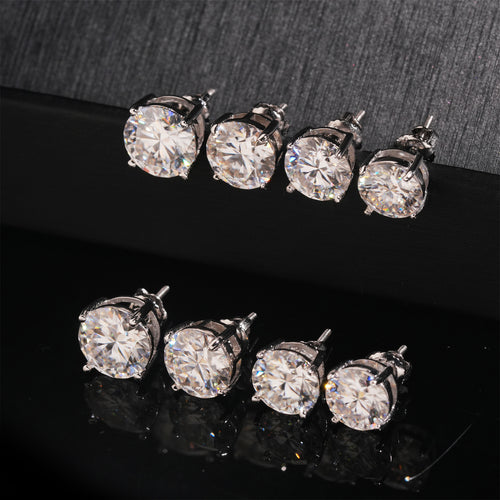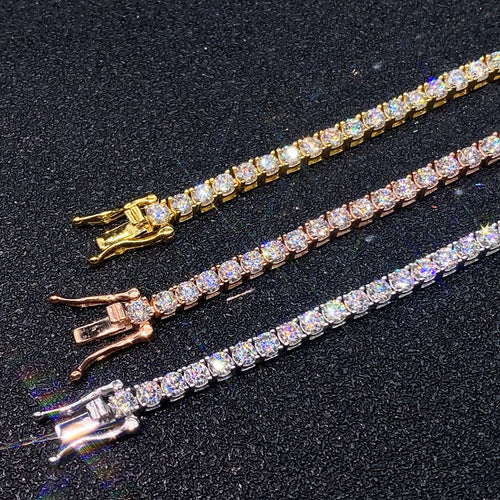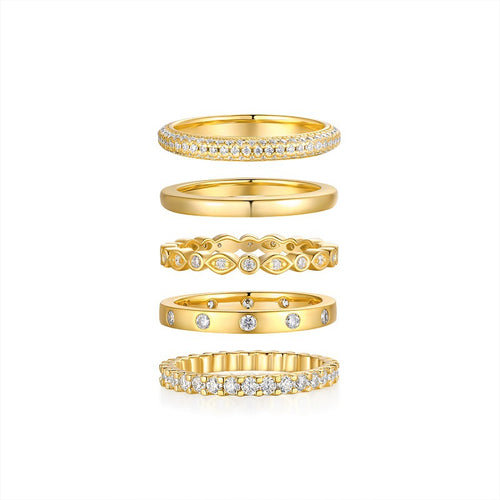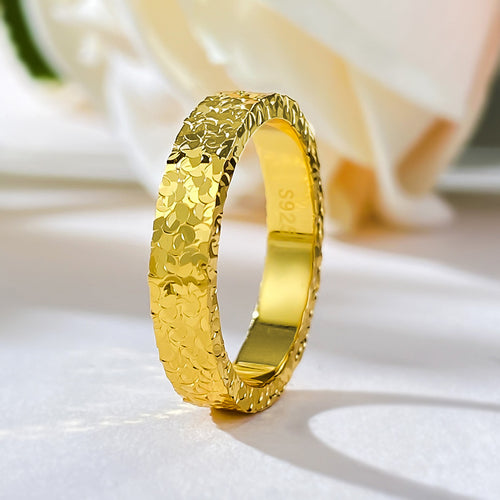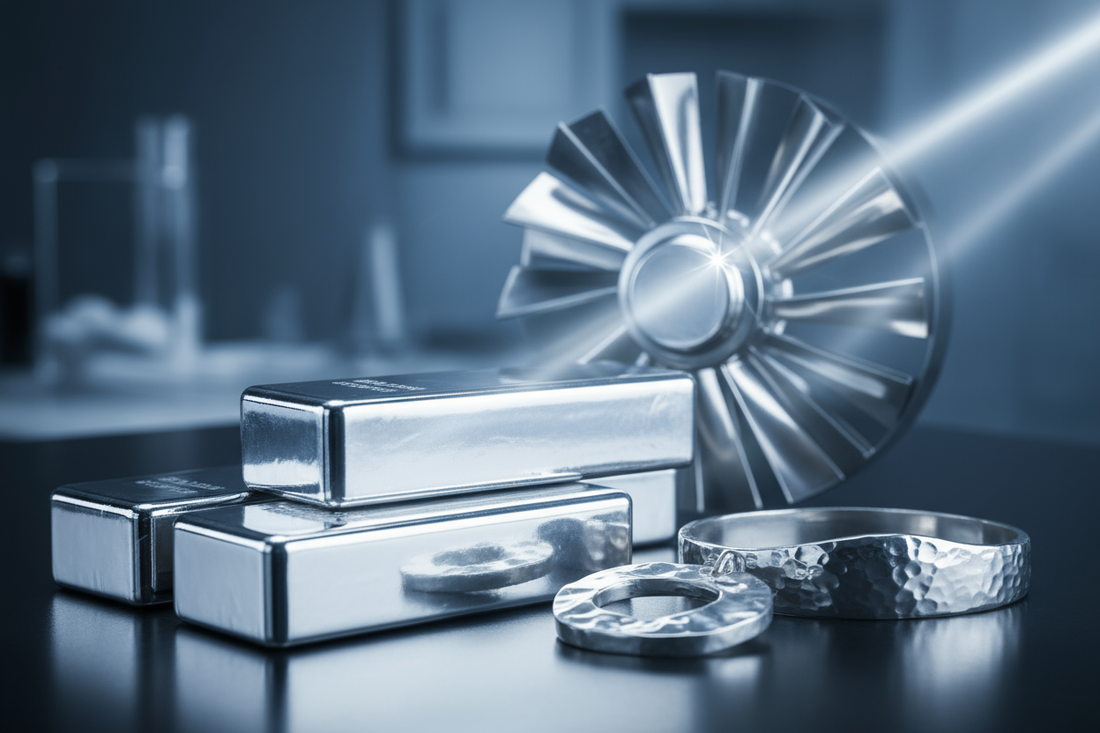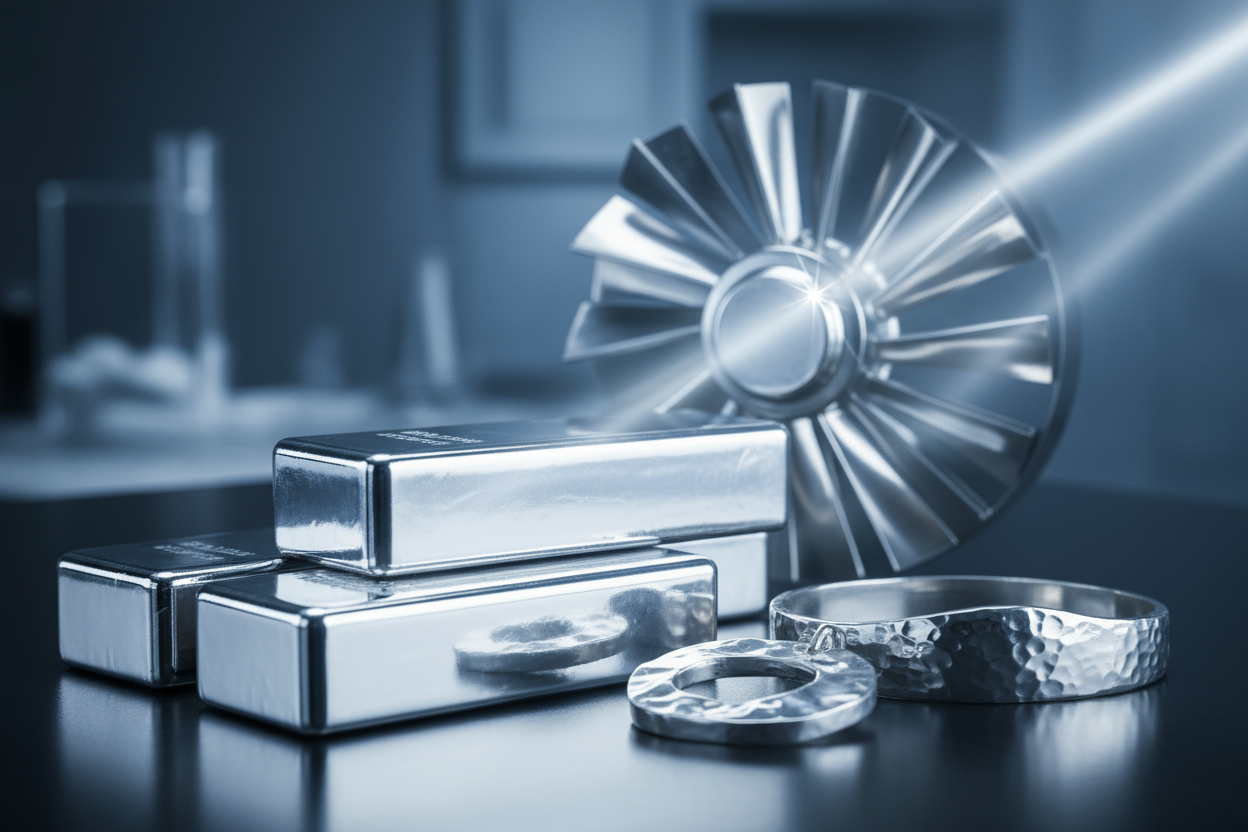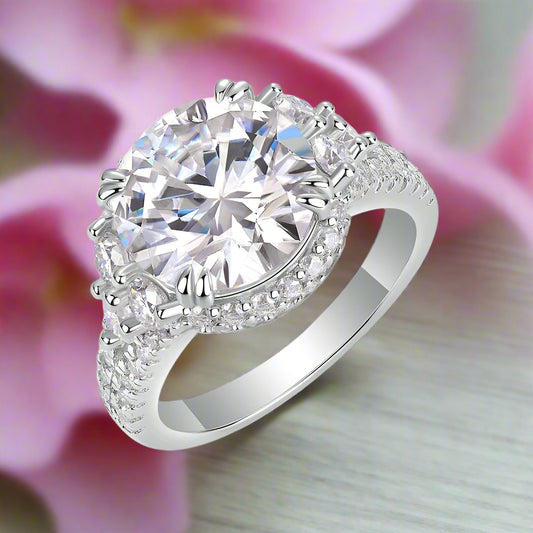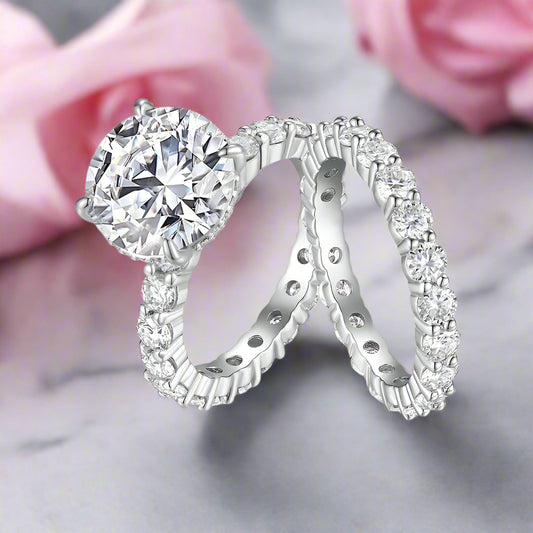Rhodium is one of the rarest and most valuable precious metals on Earth - even more expensive than gold or platinum. Its silvery-white luster and remarkable resistance to tarnish make it a popular choice in the jewelry industry, particularly for plating white gold and sterling silver pieces. But what exactly is rhodium, and why is rhodium plating so important in modern jewelry design?
Let’s dive deep into everything you need to know about rhodium and rhodium-plated jewelry.
💎 What Is Rhodium?

Rhodium is a rare, precious metal belonging to the platinum group (alongside palladium, ruthenium, and platinum). It was discovered in 1803 by English chemist William Hyde Wollaston and is known for its brilliant reflective finish and exceptional durability.
Key Properties of Rhodium:
-
Color: Silvery-white with a mirror-like shine
-
Rarity: Among the rarest elements on Earth
-
Density: 12.41 g/cm³ (lighter than platinum)
-
Melting Point: 1,964°C (3,567°F)
-
Corrosion Resistance: Excellent - rhodium doesn’t tarnish or oxidize easily
Due to its scarcity and high melting point, rhodium is rarely used in solid form for jewelry. Instead, it’s primarily used as a plating material to enhance the appearance and longevity of other metals.
💍 What Is Rhodium-Plated Jewelry?

Rhodium-plated jewelry refers to any jewelry piece - typically made of silver, white gold, or platinum - that has been coated with a thin layer of rhodium.
This process, known as electroplating, involves immersing the jewelry in a rhodium solution and applying an electric current to bond the rhodium to the metal surface.
Benefits of Rhodium Plating:
-
Brighter Shine: Rhodium gives jewelry a brilliant, reflective finish that looks more luxurious than silver or gold alone.
-
Tarnish Resistance: It prevents oxidation and discoloration, keeping jewelry looking new for longer.
-
Hypoallergenic Surface: Rhodium is nickel-free, making it ideal for people with sensitive skin or metal allergies.
-
Durability: The rhodium layer adds a protective barrier against scratches and wear.
⚖️ Rhodium vs. Other Metals
| Property | Rhodium | Silver | White Gold | Platinum |
|---|---|---|---|---|
| Color | Bright white, reflective | Soft white | Slightly yellow-white | White-grey |
| Tarnish Resistance | Excellent | Poor | Good | Excellent |
| Durability | Very high | Low | Moderate | Very high |
| Maintenance | Needs re-plating | Needs frequent polishing | May need re-plating | Minimal |
| Cost | Very expensive | Affordable | Moderate to high | High |
🧴 How Long Does Rhodium Plating Last?
The longevity of rhodium plating depends on how often you wear the jewelry and how it’s cared for.
-
Rings: 6–24 months (rings experience the most friction)
-
Necklaces, earrings, bracelets: 1–3 years
You can re-plate jewelry to restore its original shine - a common and affordable service offered by most jewelers.
🧼 How to Care for Rhodium-Plated Jewelry

To keep your rhodium-plated jewelry sparkling:
-
Avoid exposure to harsh chemicals (perfumes, chlorine, detergents).
-
Store pieces separately in soft pouches to prevent scratching.
-
Gently clean with a soft, damp cloth - avoid abrasive materials.
-
Remove jewelry before swimming, showering, or exercising.
💰 Is Rhodium-Plated Jewelry Worth It?

Yes - rhodium plating adds real value to jewelry by improving its appearance, durability, and hypoallergenic qualities. While the plating does wear off over time, periodic re-plating is a small price to pay for the stunning mirror-like finish rhodium provides.
❓ Frequently Asked Questions (FAQs)
1. Is rhodium jewelry real?
Rhodium-plated jewelry is real - it contains genuine precious metals underneath (such as sterling silver or gold) coated with rhodium. Pure rhodium jewelry is extremely rare due to the metal’s brittleness and high cost.
2. Does rhodium plating wear off?
Yes, over time the rhodium layer can wear away, especially on rings and frequently worn pieces. Re-plating every 1–2 years restores its original shine.
3. Can rhodium plating cause allergies?
No. Rhodium is hypoallergenic and is often used to cover nickel-containing metals, preventing allergic reactions.
4. Can you rhodium-plate yellow gold?
Yes - yellow gold can be rhodium-plated to achieve a white-gold look. However, as the plating wears off, the yellow hue will start to show.
5. Is rhodium more expensive than gold?
Yes. Rhodium prices fluctuate but often exceed gold and platinum due to its rarity and demand in the automotive and jewelry industries.
6. How do I know if my jewelry is rhodium-plated?
Look for a bright, mirror-like shine and slight cool undertones. Jewelers can also perform tests or confirm plating through professional inspection.

🌟 Final Thoughts
Rhodium may be small in presence but mighty in impact. Its incredible shine, resistance to tarnish, and skin-friendly nature make it a favorite in fine jewelry design. Whether you own a white gold engagement ring or sterling silver necklace, rhodium plating keeps your jewelry looking timeless, brilliant, and luxurious.


